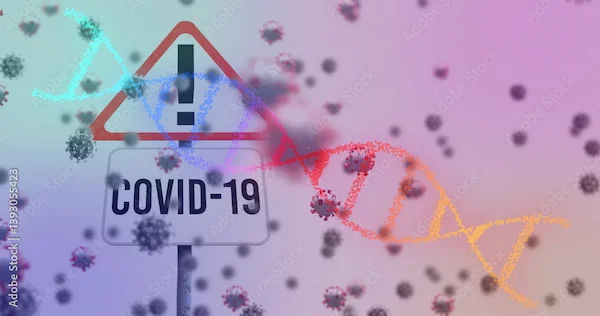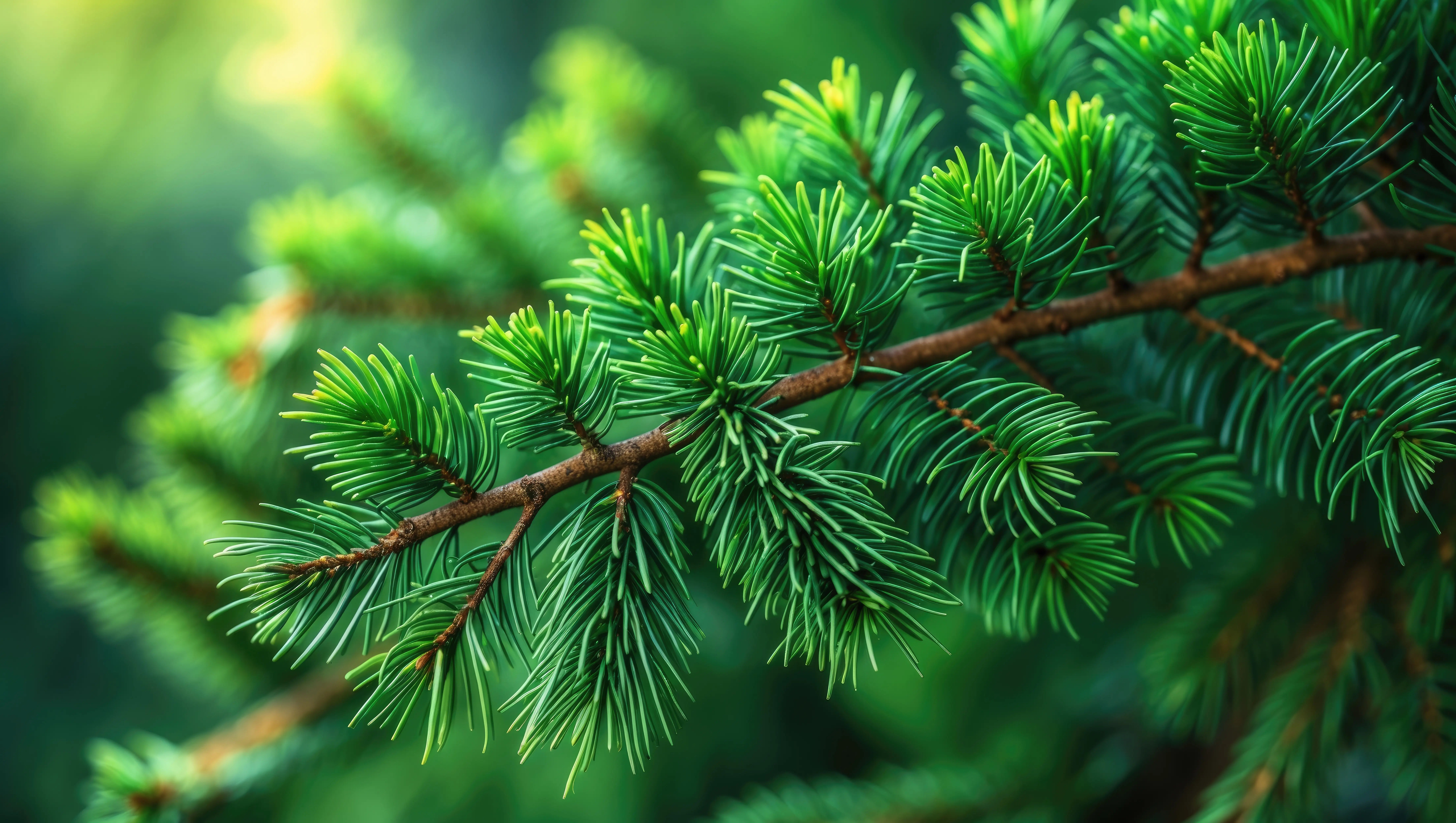White Spots on Nails: Causes and Treatment
White spots on nails are usually harmless and caused by injury or nutrient deficiency. Learn the common causes, treatment options, and when to see a doctor.

Written by Dr. J T Hema Pratima
Reviewed by Dr. Rohinipriyanka Pondugula MBBS
Last updated on 21st Aug, 2025

Introduction
Have you ever noticed small white spots or streaks on your nails and wondered what they mean? While they may look concerning, white spots on nails (medically called leukonychia) are usually harmless and often temporary. In this article, we’ll explore the possible causes, when to worry, and how to treat or prevent them.
What Are White Spots on Nails?
White spots on nails appear as small, cloudy dots or streaks on the nail plate. They can occur on one or multiple nails and are typically caused by minor injuries or deficiencies. Most cases are not serious, but sometimes, they may indicate an underlying health issue.
Common Causes of White Spots on Nails
1. Minor Trauma or Injury
The most common cause of white spots is minor damage to the nail bed. This can happen from:
Bumping or hitting your nail
Frequent manicures or gel polish use
Nail biting or picking
Since nails grow slowly, the injury may take weeks to appear as a white spot.
2. Nutritional Deficiencies
A lack of essential nutrients, especially zinc, calcium, or protein, can lead to white spots. People with poor diets or certain digestive disorders may experience this.
3. Fungal Infections (Onychomycosis)
A fungal infection can cause white, yellow, or brittle nails. If the spots spread or the nail thickens, consult a doctor.
4. Allergic Reactions
Some people develop white spots due to an allergy to nail polish, hardeners, or acrylic nails.
5. Serious Health Conditions (Rare Cases)
In rare cases, white spots may indicate:
Liver or kidney disease
Psoriasis or eczema
Heavy metal poisoning (arsenic or lead)
If you notice persistent or worsening white spots along with other symptoms (e.g., fatigue, skin changes), seek medical advice.
When Should You See a Doctor?
Most white spots fade as the nail grows out. However, consult a doctor if:
The spots spread or don’t go away
Your nails become brittle, discolored, or thickened
You have other symptoms like fatigue, swelling, or skin rashes
Health Topic Carousel:
Doctor Speciality: Dermatologist
Text: Consult Top Specialists
How to Treat and Prevent White Spots on Nails
1. Protect Your Nails
Avoid excessive manicures or harsh chemicals.
Wear gloves while doing household chores.
Stop nail-biting habits.
2. Improve Your Diet
Eat foods rich in:
Zinc (nuts, seeds, legumes, meat)
Calcium (dairy, leafy greens, almonds)
Protein (eggs, fish, beans)
3. Keep Nails Moisturized
Use cuticle oil or hand cream to prevent dryness and brittleness.
4. Treat Fungal Infections
If a fungal infection is suspected, antifungal creams or oral medications may help.
5. Avoid Allergens
Switch to hypoallergenic nail products if you suspect an allergy.
Myths About White Spots on Nails
"White spots mean a calcium deficiency." – While calcium plays a role, zinc and protein deficiencies are more common causes.
"They indicate a serious illness." – Most cases are harmless and resolve on their own.
When to Consider Medical Help
If home care doesn’t help or if you notice other concerning symptoms, it’s best to consult a dermatologist. You can easily book a consultation or schedule a test through Apollo 24|7 for expert advice.
Final Thoughts
White spots on nails are usually nothing to worry about and often heal with time. By protecting your nails, eating a balanced diet, and avoiding harsh chemicals, you can keep your nails healthy. However, if the problem persists, don’t hesitate to seek medical advice.
Health Topic Carousel:
Doctor Speciality: Dermatologist
Text: Consult Top Specialists




